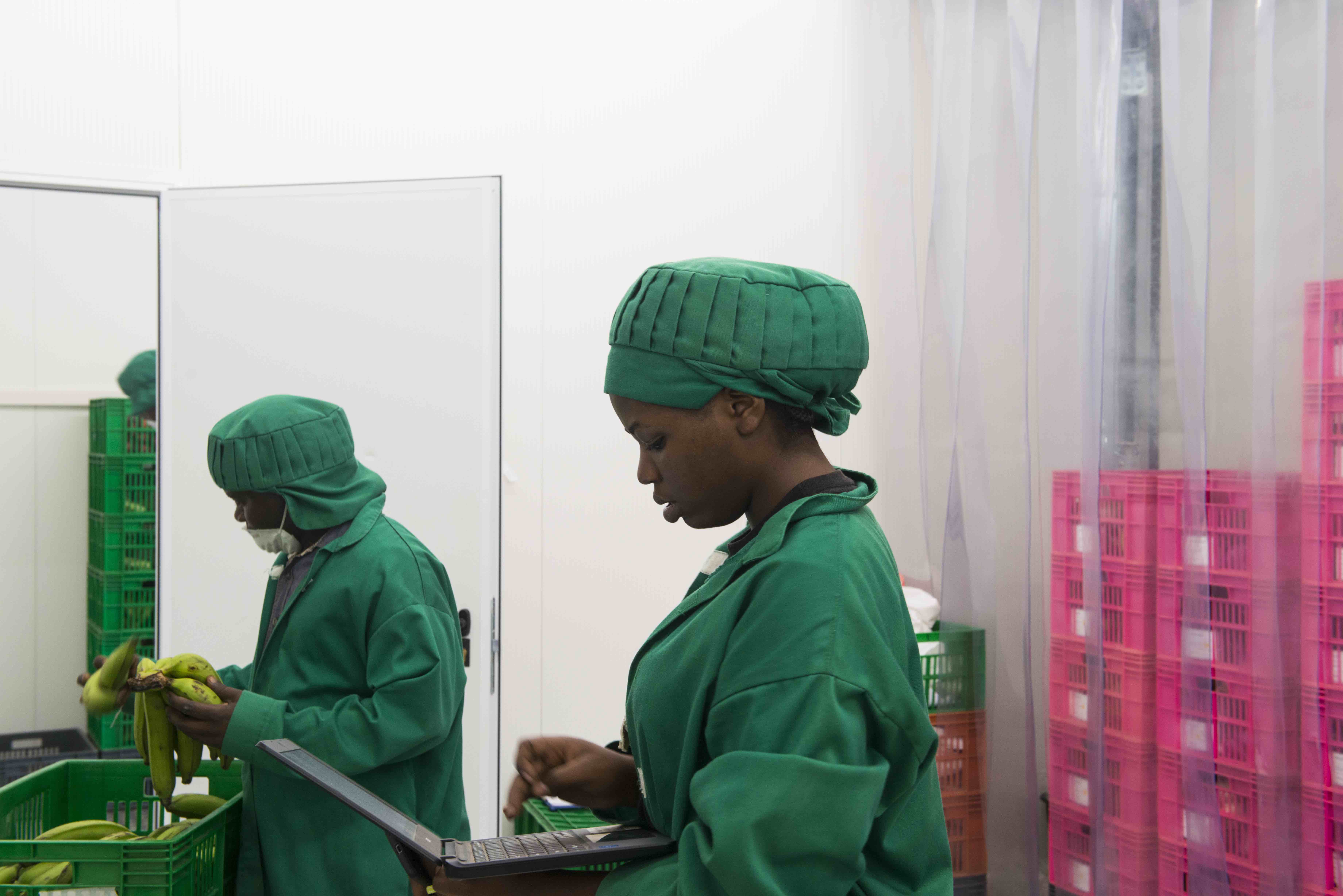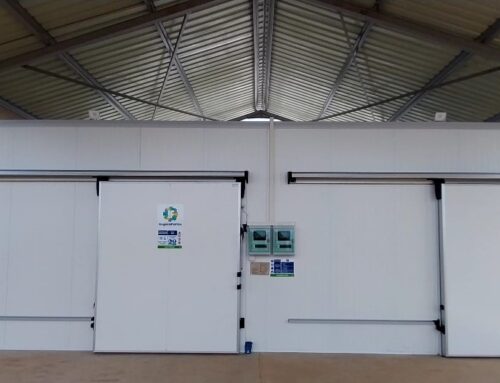Ask the expert: What are the most important elements to any ripening program?
This month we asked our Technical Director, Michele Bruni, to summarize the most important elements for achieving a successful ripening program.
- Mature fruit. Immature fruit may ripen, but typically will not have full flavor development and may lack the full aesthetic appeal that consumers want. Ripening such fruit will require extended ethylene application and a longer ripening cycle.
- Proper temperature. It’s important to constantly monitor the temperature of fruit during the ripening process because temperature plays a critical role in both controlling the process and determining the speed at which fruit ripens. The ability to control the pulp temperature is determined by ripening room design. Ripening rooms must have adequate refrigeration capacity to remove the heat that climacteric fruits generate as they ripen.
- Safe ripening. The most recommended system for ripening is called a forced-air ethylene system. This type of system is cost-effective, simple to manage, and does not use artificial chemicals that can be hazardous for human consumptions.
- Time. It is important not to rush the ripening process and to maintain the correct temperatures for the various phases of ripening. Increasing temperatures in order to speed up the ripening process can negatively affect fruit quality.
- Airflow. The room must have properly sized fans that facilitate adequate air-flow. If the ripening chamber uses a forced-air cooling system, the composition of the internal room must allow for air circulation even in the interior of boxes so the pulp temperature is maintained. It’s recommended the use of air stacked boxes, to allow the air to circulate among all the boxes.
- Capacity. The storage capacity of any ripening chamber will depend on the type of fruits to be ripened. It will also depend on how a particular type of fruit needs to be stacked. Fruits that emit higher amounts of heat as they ripen—such as bananas and avocados—will require a system for stacking and pallets position inside the chamber that allow for greater air-flow.
- Humidity. The relative humidity (RH%) for most fruits should be maintained at 90-95%. Improper levels will result in both weight loss and aesthetic damage. If the humidity in your ripening room is too low, install a humidifier. However, this should be done only if you are certain of the safety of the water source. Otherwise, you can run the risk of spreading diseases that can result in more losses than those caused by shrinkage from dehydration.
- Carbon Dioxide / Oxygen control. As fruits ripens, they consume oxygen and emit carbon dioxide. CO2 concentrations above 1% (10,000 ppm) will retard ripening, delay the ripening effects of ethylene, and can also cause quality problems. Therefore regular ventilation is required to keep carbon dioxide levels below 1%. Therefore, it is recommended to vent rooms through specifically automated air refreshing systems. These systems can also reduce energy losses by recovering cooling while refreshing the air.
- Air-tight Rooms. Ripening rooms should undergo performance testing so as to minimize the presence of air When rooms are relatively “tight” (i.e., have limited leaks), agribusinesses will save money on their energy costs and ethylene usage.
- Insulation. In order to be able to control temperature within approximately one degree Celsius, the rooms must have properly insulated walls and ceiling
- Control & Management. It is suggested to check on fruit at least three times a day to see how it is reacting to the ripening process. Manual inspections of ripening rooms, however, might generate severe issues, especially during the gassing process; and that can make it virtually impossible to follow a specific ripening pattern. Diverse solutions and technologies, including InspiraFarms eRaise system, can support monitoring operations and centralize the control.



